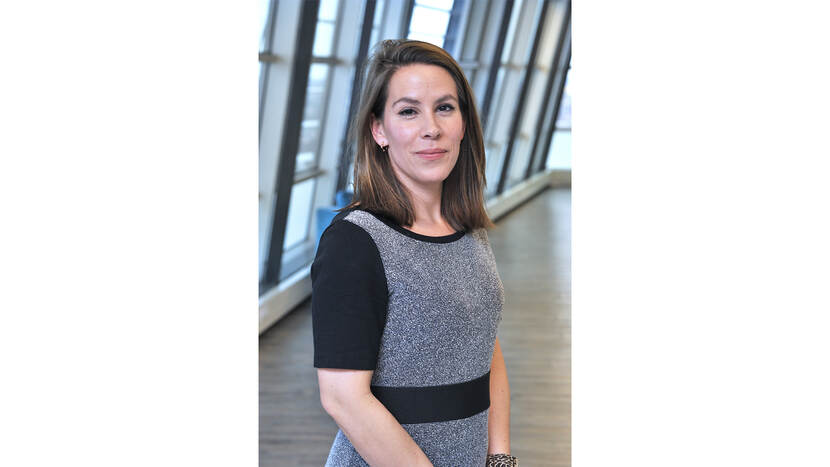A year of change
The Veterinary Medicinal Products Unit (VMPU) is the veterinary branch of the MEB. Everything the MEB does in relation to medicines for human use, the Veterinary Medicinal Products Unit does for medicines aimed at animals. Peter Salomons is the Head of Department of the Veterinary Medicinal Products Unit.
For many months, 28 January 2022 had been marked in bold in the diaries of staff in the Veterinary Medicinal Products Unit. The day came at last: the day when the new Veterinary Medicinal Products Regulation came into force. “In the lead-up to the Regulation taking effect, we were incredibly busy,” says Peter. “Once we’d reached the milestone, we thought we could return to calmer waters. Nothing could be further from the truth. Like previous years, 2022 was completely dominated by the Regulation.”
The Regulation required a number of adjustments, even after the law change took effect. “So much happened, there’s really too much to mention,” says Peter. “First, we spent a great deal of time drafting national agreements on a wide range of subjects. From rules on the Internet trade in veterinary medicinal products to the inputting of wholesalers, manufacturers, importers and distributors into the EudraGMDP database. We also had to adjust many of our procedures. Everyone had a part to play and we held many discussions with the Ministry of Agriculture, Nature and Food Quality. We did that in ‘theme teams’”.
We haven’t been sitting idle in the European arena, either. “In working groups of the Co-ordination Group for Mutual Recognition and Decentralised procedures – Veterinary (CMDv) and the Committee for Medicinal Products for Veterinary Use (CVMP), staff have worked hard to mould all the new legislation into new guidelines.” 2022 also saw the introduction of the Union Product Database (UPD). As Peter explains, the UPD contains all the veterinary medicinal products that have a marketing authorisation in Europe. “There are now more than 40,000 veterinary medicinal products in the UPD. The submission and processing of administrative changes will now be done entirely via the UPD. This has taken some time to get used to, for both the VMPU and marketing authorisation holders.”
“We organised information sessions to help marketing authorisation holders and other stakeholders get used to all the changes. Although we had to hold them online, because of COVID. The average turnout was 150 participants, which showed there was a lot of interest. And all of the sessions were highly appreciated.”
As Peter explains, the Regulation kept the VMPU just as busy in 2022 as it had in 2021. “I’m immensely proud of the fact that, as a team, we managed to keep so many balls in the air, and also ensure all our other procedures continued normally.”













